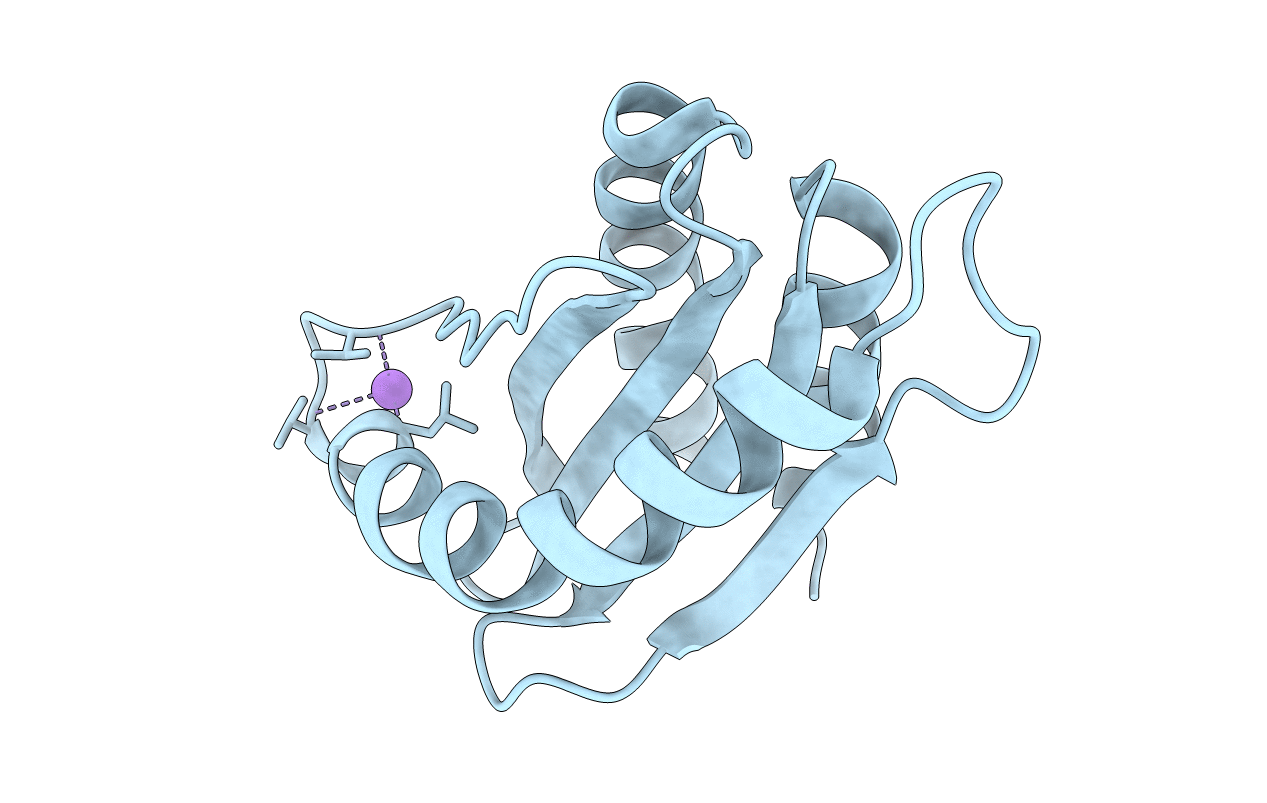
Deposition Date
2020-09-03
Release Date
2021-01-27
Last Version Date
2024-05-01
Entry Detail
Biological Source:
Source Organism:
Myxococcus xanthus DK 1622 (Taxon ID: 246197)
Host Organism:
Method Details:
Experimental Method:
Resolution:
2.19 Å
R-Value Free:
0.22
R-Value Work:
0.18
R-Value Observed:
0.19
Space Group:
P 65 2 2


